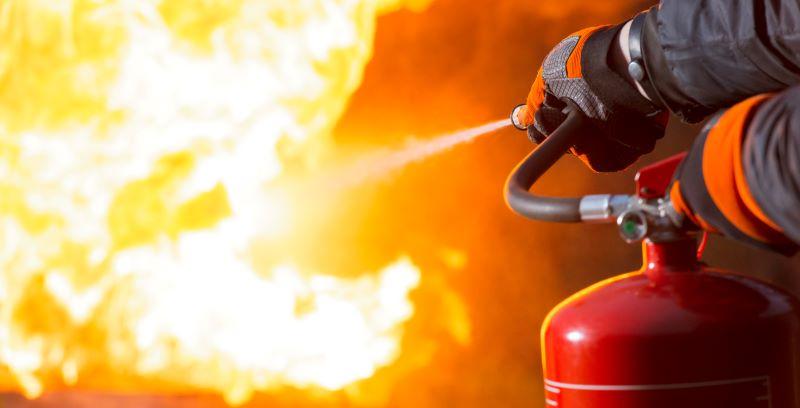A new research project has revealed that augmented reality (AR) could be the future of fire safety training, with initial tests demonstrating significantly improved training outcomes.
A novel project from Te Kunenga ki Pūrehuroa Massey University has demonstrated the potential of AR as a more engaging and impactful training tool, with participants showing less decline in knowledge levels compared to those using conventional training methods.
The project saw the development of an AR prototype that immerses users through a headset into a simulated fire scenario within their environment. Participants receive step-by-step instructions on how to exit a building on fire from a virtual firefighter, integrating the scenario into the real-world layout of their surroundings.
Following the development and testing of the prototype, lead researcher Dr Daniel Paes and his team conducted a comparative study involving two groups: one trained via AR and the other through a traditional video-based method. Both groups were tested against a series of learning performance metrics, with the AR training group exhibiting a better performance across key areas, including sustained motivation, enhanced confidence in their abilities and better retention of learned information.
“We found that while knowledge levels were comparable, AR training was more efficient in providing self-efficacy and intrinsic motivation, which are important factors for learning performance. Most interesting were the results observed during follow-up evaluations four weeks post-training, where those who trained with AR retrained the information better. This showed people are more likely to retain knowledge with AR training,” Dr Paes says.
Participants trained in AR reported a significant boost of motivation after training, almost 100 per cent higher than the other group, and maintained their confidence levels four weeks after training, while the other group experienced a decline.
Dr Paes says the research was successful in addressing some of the limitations of current training methods and the benefits new technologies can have in this area.
“Our goal was to determine the viability of AR as a tool for fire safety training. The results showed AR has merit to be used as a tool in these situations, not just because it’s fun to play with but because they’re learning by doing and retaining important, life-saving information.”
While virtual reality (VR) has traditionally dominated this space, augmented reality offers distinct advantages, notably in its versatility and adaptability.
“Unlike VR, which confines users to pre-designed and fully virtual settings, AR works into the existing environment and fosters a more realistic and intuitive learning experience, aligning with users’ cognitive processes. The prototype we developed is fully customisable and can be used within any building, making it a mobile training system,” Dr Paes says.
Dr Paes says the next step of this project will see the refinement of the AR prototype to optimise its interactive and feedback features.
“There are further improvements to be made, but even now it’s proving to surpass conventional video training methods. Our ultimate objective is to see widespread adoption of this method and technology and to collaborate with safety committees and fire safety organisations globally to enhance human safety in fire emergencies.”
Having studied both AR and VR for the past 11 years, including doing his master’s and PhD in VR, Dr Paes is passionate about this area and the advancements it can bring. While his work originally centred on improving the technology itself, he says his focus has since shifted.
“My biggest motivation comes from understanding the impact technologies can have on people’s daily lives and how, by improving them, we can make people’s lives safer. I wanted to go beyond just improving the technology itself to developing applications that can incorporate an additional layer of information around us.”
Beyond fire safety, the broader implications of AR technology are significant. The team based at Massey’s School of Built Environment envision its integration into diverse domains, from disaster preparedness to vocational training, exemplified by ongoing efforts within the school to develop AR-based modules for operating fire extinguishers and preparing for disasters such as tsunamis and earthquakes.
The research was completed by Dr Daniel Paes and his team of Dr Zhenan Feng, Maddy King, Hesam Shad, Dr Prasanth Sasikumar, Dr Diego Pujoni and Associate Professor Ruggiero Lovreglio.
It has recently been published in the Automation in Construction journal and can be accessed here.






